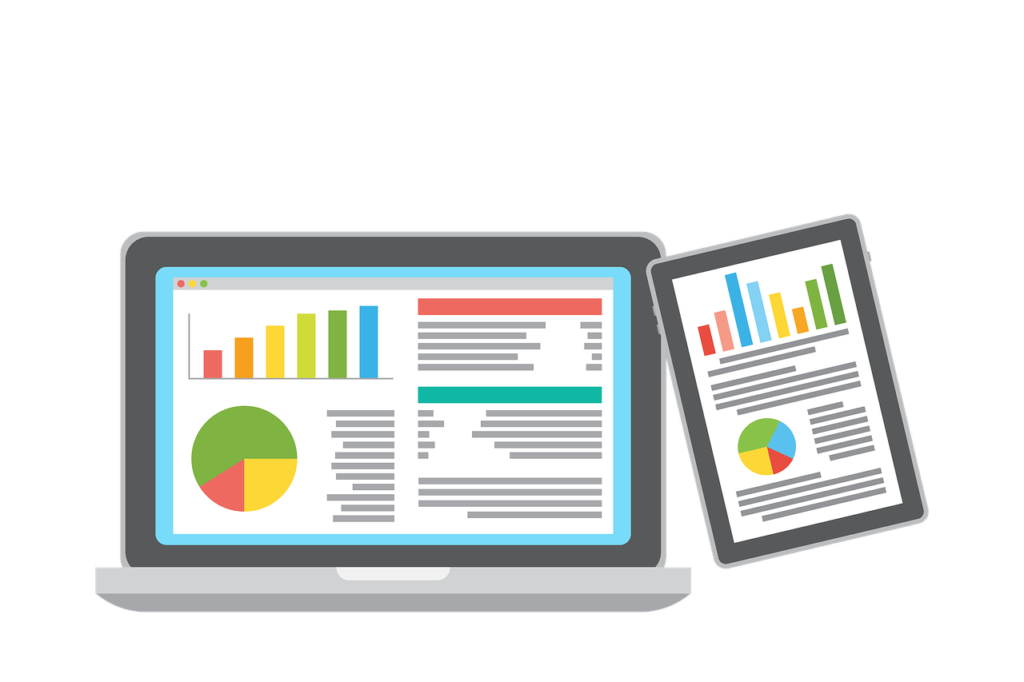Cluster analysis is a multivariate method in data mining and statistical analysis where similar objects are grouped based on measured variables. These groups of objects are termed as clusters. A good cluster has objects within that have high interclass similarities and low interclass similarities with other cluster objects. The cluster analysis method is widely used across various industries to get insights into complex data sets. This article explains the top five types of cluster analysis in modern data science.
1. Importance of Cluster Analysis
Cluster analysis plays a vital role in machine learning for identifying the internal structure of data. Clustering is widely used in almost every field, such as big data, image segmentation, data mining, data compression, intelligent production, and machine vision. It is an unsupervised machine learning method used in practical production and research to process unlabelled data sets.

It allows for better insights and decision-making. For example, marketing industries use clustering to segment customers based on their age and purchasing behaviour. The only thing to consider while using cluster analysis is to choose variables conceptually because the method cannot differentiate between relevant and irrelevant variables.
2. Five Types of Cluster Analysis
There are various types of Cluster analysis designed to group data sets based on specific criteria. The Following are the primary types of cluster analysis highly used by organisations.
2.1. Hierarchical Clustering
Hierarchical clustering builds a nested tree-like structure with parent and child nodes. The root node contains all the data sets. It is again divided into two types: one is agglomerative, and the other is divisive hierarchical clustering.
- Agglomerative Hierarchical Clustering: It is a bottom-up clustering method where all the data points start individually to form clusters based on similarity metrics. The resultant hierarchical cluster is called a dendrogram.
- Divisive Hierarchical Clustering: It is the opposite of agglomerative clustering, where all the data points form one cluster and then split into different clusters based on similarity metrics. The method produces a global view of data clusters but is costly to produce.
2.2. Partitioning Methods
In the Partitioning method, the data object set is divided into non-overlapping clusters where each data object will present only in one subset. Unlike the hierarchical method, here, the number of clusters is predefined. The most used partitioning methods are K-means and K-medoids.
- K-means: A partition-based clustering technique is used to find a user-specified number of clusters (k), which are represented by their centroid data points assigned to the nearest centroid. This method is simple to implement and works efficiently for large data sets. However, choosing the right number of clusters (k) can be challenging and often requires domain knowledge or methods like the elbow method.
- K-medoids: medoids are the actual data points. This method is similar to K-means, but medoids are used as cluster centres rather than centroids. This method efficiently handles the noisy data and produces more effective results than K-means. However, the method is expensive to execute.

2.3. Density-Based Clustering
Density-based clustering method identifies distinct clusters based on their density. The most popular methods are DBSCAN and OPTICS.
- DBSCAN: Density-Based Spatial Clustering of Applications with Noise(DBSCAN) is a popular method for handling noisy data clusters. It identifies clusters that are in high-density regions and discovers clusters of arbitrary shapes. The data points in low-density regions are considered as noisy data or outliers.
- OPTICS: Ordering Points to Identify the Clustering Structure (OPTICS) This method is similar to DBSCAN, which builds clusters based on density but provides more effective results than DBSCAN. It can handle varying density clusters more effectively than DBSCAN, but slowly.
2.4. Model-Based Clustering
According to Model-based clustering, the data is generated from a mixture of underlying probability distributions. The Gaussian Mixture Models (GMM) and Expectation-Maximization (EM) Algorithm are commonly used algorithms.
- Gaussian Mixture Models (GMM): The clusters are represented with different Gaussian distributions, and data points are assigned to different clusters according to probability. This method is flexible as one data point can belong to multiple clusters with varying probabilities forming soft clusters. However, the method is expensive to execute.
- Expectation-Maximization (EM) Algorithm: This algorithm is used simultaneously with GMM to estimate the parameters of Gaussian distribution to increase the chance of fitting the data in the GMM model. The algorithm effectively handles overlapping clusters.
2.5. Grid-Based Methods
Grid-based methods are specially designed to process high-dimensional data. CLIQUE (Clustering In QUEst) is a grid-based method that divides data spaces into different grids and identifies dense regions as clusters. The method is a combination of density-based and grid-based clustering.
3. Applications of Cluster Analysis
Cluster analysis is widely used in every industry to make use of complex data sets to understand the market condition. Some of the key areas where cluster analysis is used are:
- Market Segmentation: Marketing firms use cluster analysis to group customer segments according to age, behaviour, and lifestyle to create effective marketing strategies.
- Image Processing: In machine learning, cluster analysis is used to process images and form different image segments.
- Biological Data Analysis: In bioinformatics, clustering is used to understand biological processes by classifying genes and proteins in the data.
- Anomaly Detection: Clustering helps to identify unusual patterns in the data to detect fraudulent activities in banking and network security firms.
- Disease clustering: In the Healthcare industry, clustering is used to detect disease by identifying different patterns in patient data.
- Social Network Analysis: In social network studies, cluster analysis identifies relationships within a group of people and community structures.
- Educational institutes: Educational institutes analyze the large set of students’ data to understand the behaviour and performance of the students within the campus to improve the curriculum and educational environment.
4. Conclusion
Cluster analysis is a powerful technique to get the insights of complex data sets. It helps to make informed decisions in every field today. The method is already in use in most industries like E-Commerce, cyber security, healthcare, and educational institutes. However, it is essential to choose the right clustering methods and algorithms to get accurate information.